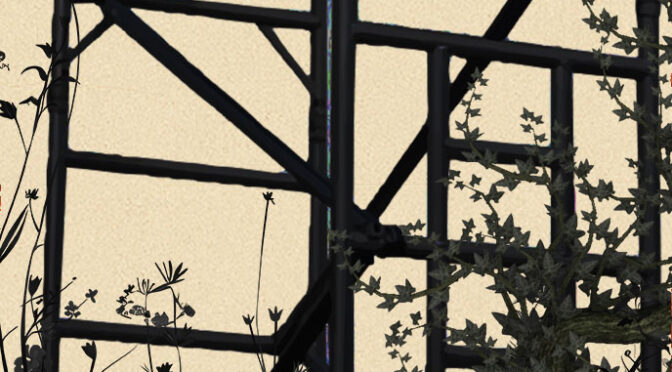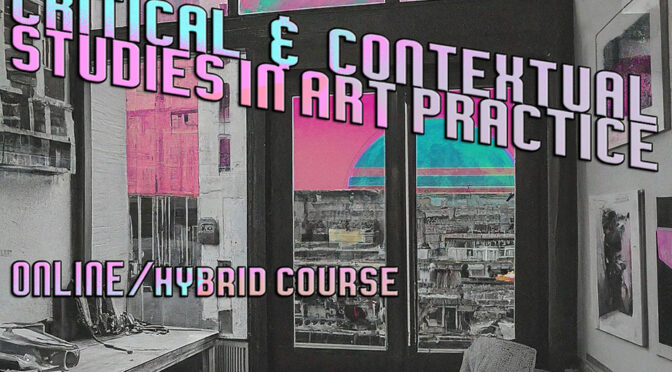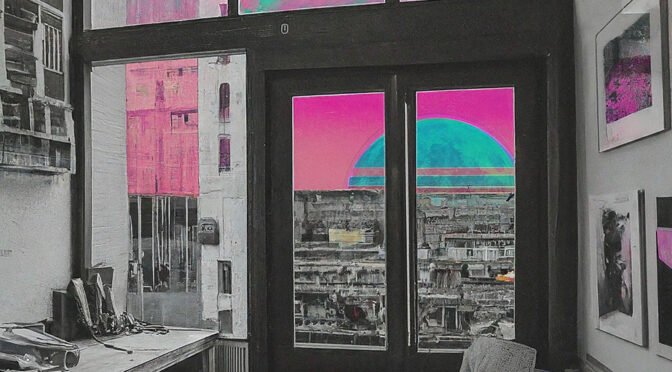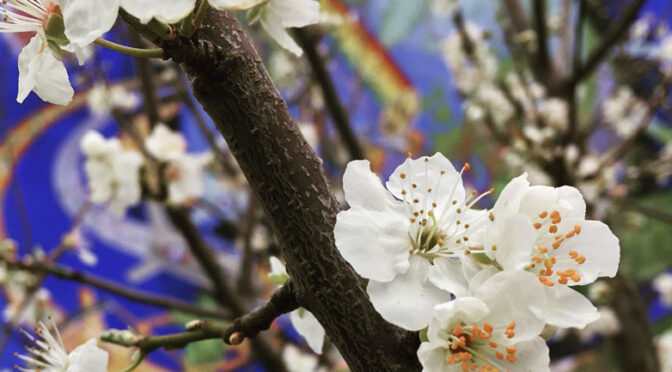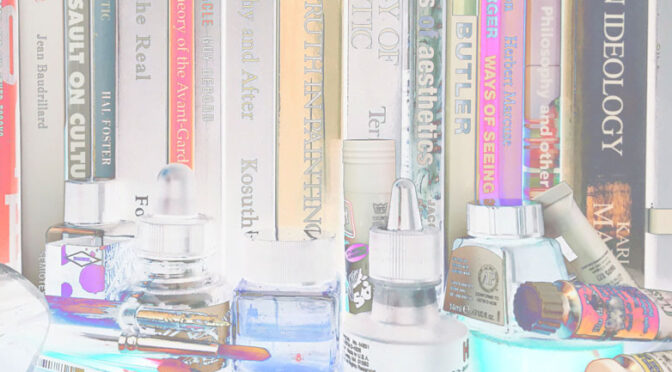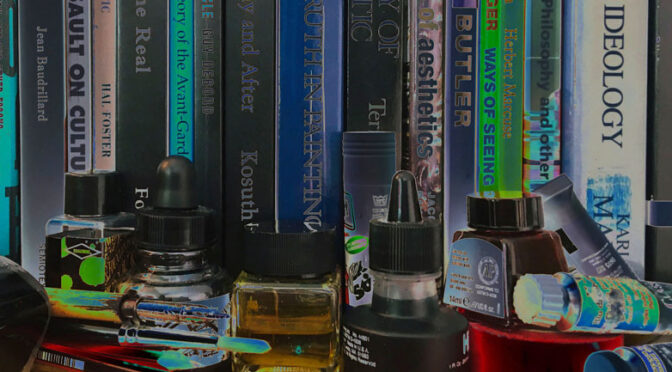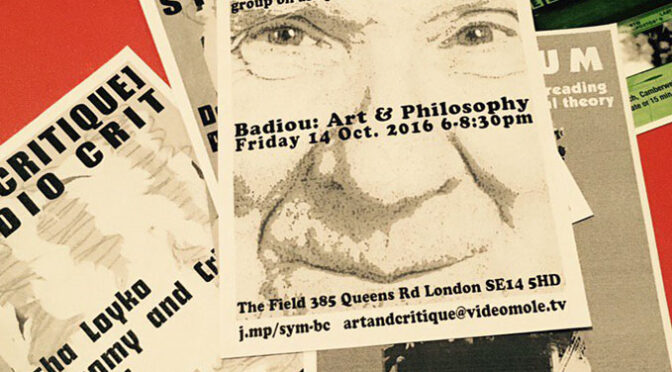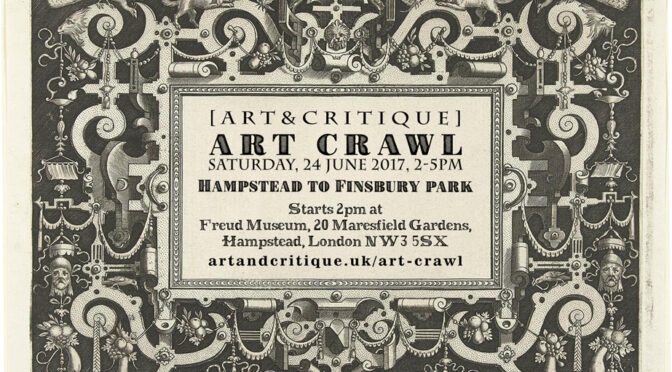🐝Support Structures 🧰
Pollinator deadline today, plus upcoming events and opportunities
Whether you’re enjoying a break, getting time in the studio, or enjoying summer in the city, I hope you’re finding space to recharge and reconnect with what matters to you.
Today is the final chance to sign up for the Pollinator virtual residency. Tomorrow, I’m facilitating a reading group in Jane McCabe’s open studio at Fanshaw Projects. And this autumn, I’m launching Making a Buck Without Selling Out – a new professional practice course, in collaboration with Cristiana Bottigella. Also below: Artquest One-to-ones in August, and two upcoming courses – Art + Critique and Curating Contemporary Art. Continue reading Support Structures 🧰🐝
